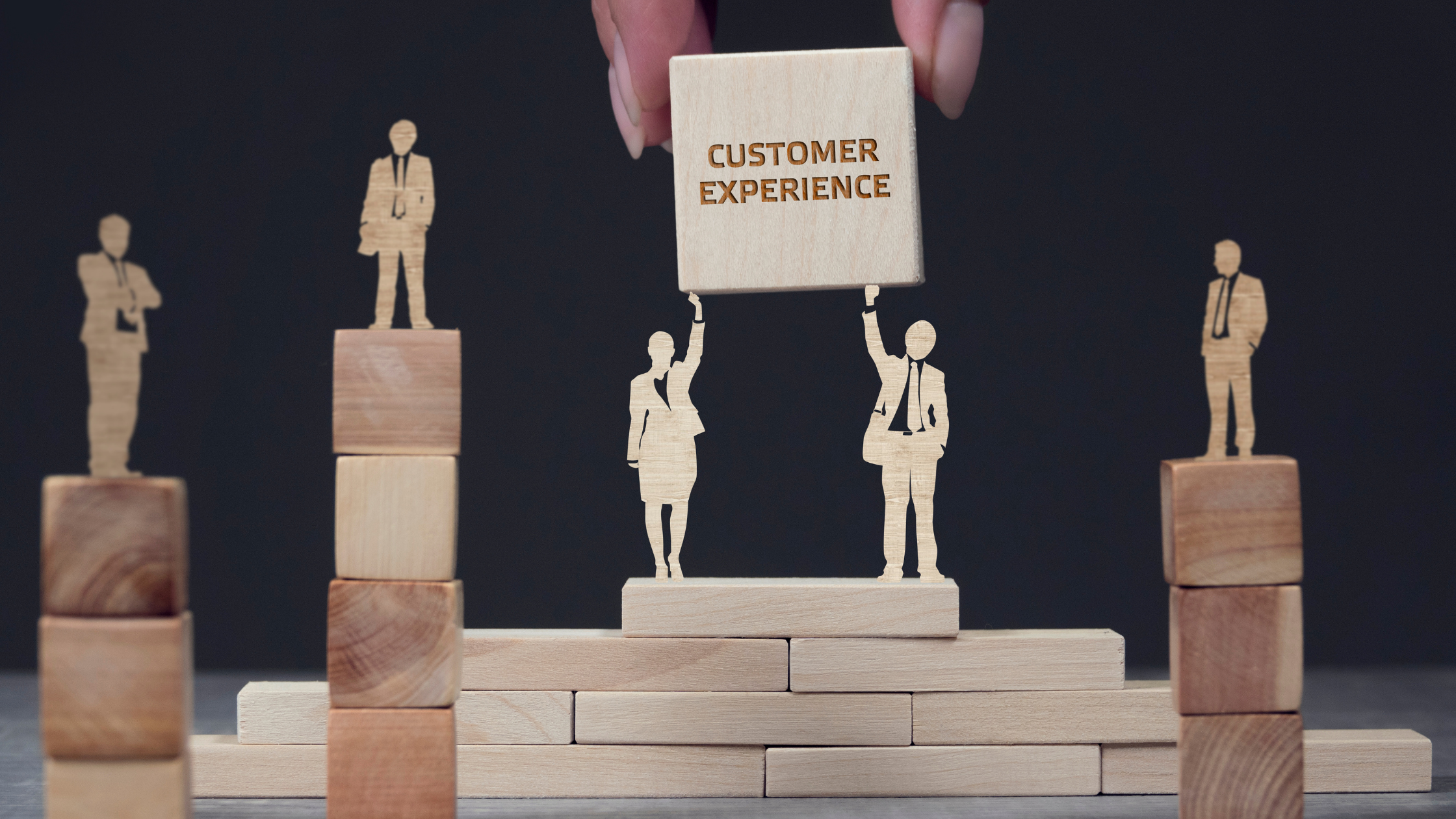B2B Omnichannel Marketing: The Most Predicted B2B Trend for 2021
It may feel like December 77th, 2020, but the new year really is here, and 2021 has a lot of work to do to meet the expectations that emerged from...
We’ve seen too many inefficiencies fly under the radar and hold companies back. Our expertise in through-channel marketing and field sales support enables small marketing teams to support distributed sales forces at scale.



B2B. B2C. B2B2C. D2C. R2D2—okay, so that last one has nothing to do with marketing, but I bet some of you had to think about it for a moment. It seems the list of marketing acronyms grows daily as the differentiation between them becomes more and more difficult to define. That’s certainly the case for B2B—Business to Business—and B2C—Business to Consumer. The practices of business buyers have made a monumental shift since the onset of the COVID-19 pandemic, taking a swing towards the practices of individual or personal consumers.
“B2B commerce increasingly will look more like B2C commerce as businesspeople continue to look for the same kind of online experience in the workplace that they have as consumers.” —Adobe
This shift is a major contributor to the re-emergence of the omnichannel marketing strategy in the B2B sector. Therefore, the B2C model of omnichannel marketing is a sound model for B2B marketers to reference when starting out their own omnichannel strategy.
Now, obviously the two (B2B & B2C) are still very different situations. There will be differences in the way that the elements of B2C omnichannel are applied to B2B omnichannel, but they still provide a solid outline for where to begin.
Consumer Research:
If you’ve followed our previous blogs about omnichannel marketing, you’ll likely notice this as part of a trend. No matter what type of industry you’re in, the first step to any omnichannel strategy is to bring your consumer to the center of your focus.
BigCommerce suggests that B2C marketers follow the following steps to find their personas:
Now, in a retail or B2C setting, consumers are (for the most part) individual—meaning there’s one final decision maker to pinpoint, analyze, and cater to. In B2B we know that the number of scenarios including multiple decision makers for a single purchase are on the rise. So, rather than focusing on an individual, B2B marketers will have to modify these steps to account for each persona that has a vote in the final decision.
For B2B marketers, we suggest following these modified steps to bring their consumer into focus:
Traditional & Digital:
The adoption of digital channels was gaining traction prior to 2020. The pandemic simply increased and accelerated adoption, as online operations became a necessity while storefronts were closed. The rapid transition, and subsequent success of digital proved its necessity, but it also left consumers longing for the human—or traditional—channels.
The next step is joining two channels that have long been perceived as rivals—traditional and digital. For a retail or B2C omnichannel strategy this step can be boiled down to providing consistency across brick-and-mortar stores, apps, websites, etc. The team of Omnichannel Retailing experts at OroCommerce gave the following examples,
B2B organizations don’t have brick-and-mortar stores, their traditional—physical or human interaction—marketing channels come in the form of in-person sales meetings. Human interactions have been a mainstay for B2B industries for years, sustaining their relevance even into the beginning of 2020. B2B organizations have been slower to picking up digital channels, but they were forced to rapidly adopt and adapt, too. Now, as things slowly creep back to some sense of normalcy, B2B organizations new to digital will have to merge the two channels to deliver exceptional omnichannel experience.
In a previous blog, we offered several recommendations for creating connections between your channels, including consistency. Along with those recommendations we suggest that B2B marketers take the following steps to bring harmony among two previously clashing channels.
A living, breathing, & growing strategy:
There are two steps to achieving this element of a B2B omnichannel strategy.
These particular steps are universal, they can be applied to both B2C and B2B. However, maintaining an evolving and advancing strategy will require ensuring that its components are also progressing and anticipating threats to that progress.
According to McKinsey, the “reemergence of siloes” is the greatest threat to a progressive strategy. We’ve shared a few suggestions for solving misalignment among departments in previous blogs including, integrating technology, and tasking department leadership with instituting regular interdepartmental activities. Each of these are structural changes that should help with preventing the reemergence of removed siloes, but you should take the following steps, also suggested by McKinsey & Company, to further ensure they’re removal is permanent.

These are the elements that form the B2B Omnichannel Triad Model. Three essential elements drawn from models utilized in B2C marketing, analyzed to identify their relevance, and modified to fit the unique characteristics that separate B2B from B2C. B2C marketers have already been experiencing success and reaping the benefits of omnichannel marketing. Taking a page out of their playbook will help B2B marketers set themselves up to successfully execute their own omnichannel marketing strategy, deliver excellent omnichannel experiences, and produce superior results in 2021.
New to the blog? Don't jump into an omnichannel model without learning the basics. Download our Omnichannel Marketing Basic eBook today.

It may feel like December 77th, 2020, but the new year really is here, and 2021 has a lot of work to do to meet the expectations that emerged from...

In our previous blog, What is Omnichannel Marketing? we shared how omnichannel is defined and what an omnichannel marketing strategy involves. Of the...

Omnichannel and Customer Experience (CX) might win the award for the marketing industry topics with the most buzz in 2021. Maybe you think it’s a bit...